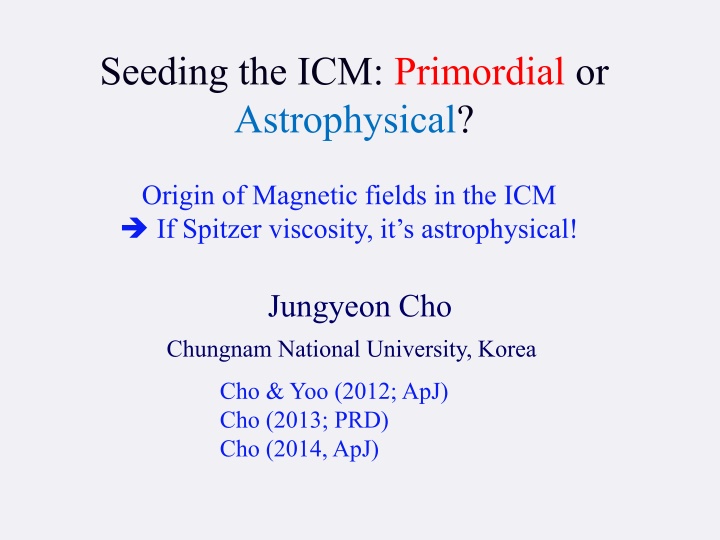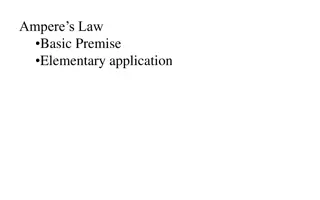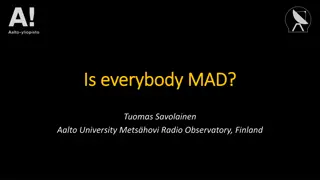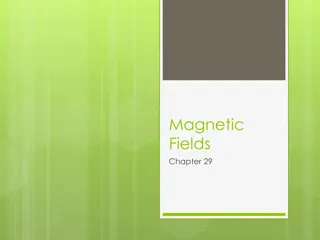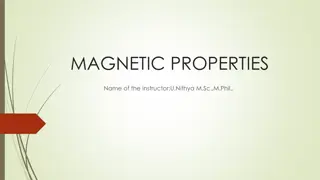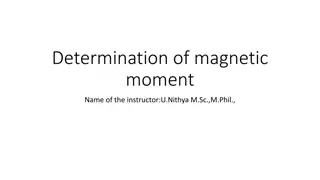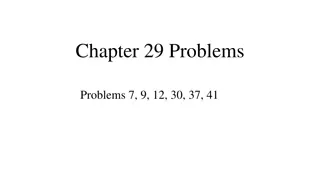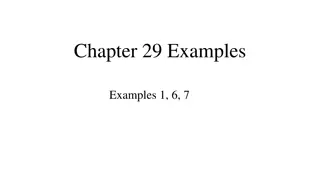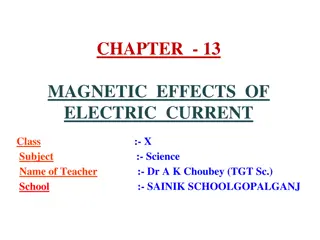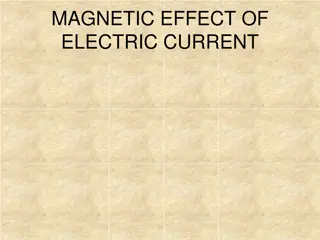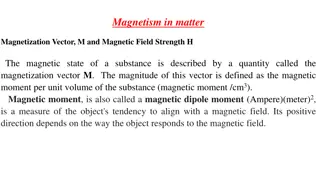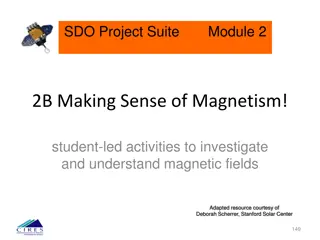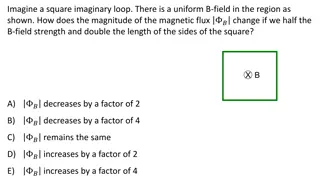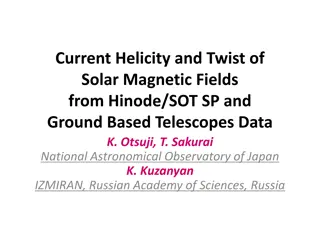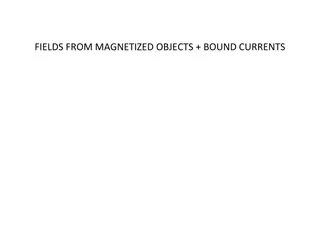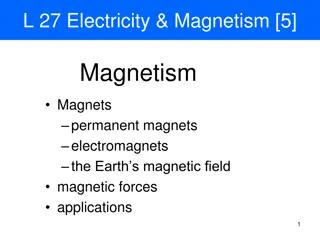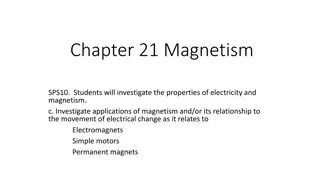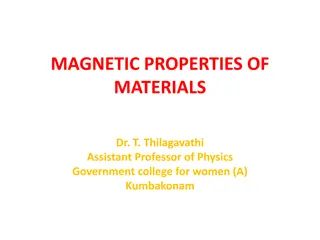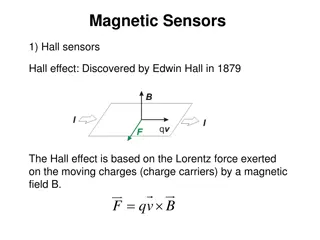Origin of Magnetic Fields in the ICM: Astrophysical View
Indisputably, the origin of magnetic fields in the intracluster medium (ICM) remains a compelling enigma, with debates surrounding their genesis in astrophysical versus primordial sources. This discussion delves into the uncertainties surrounding the cosmic seed magnetic fields, deliberating between astrophysical phenomena like jets, winds, or stripped gases, and primordial sources possibly stemming from the early universe. Furthermore, the efficiency of the turbulence dynamo in the ICM, particularly concerning the impact of Spitzer viscosity, offers valuable insights into the strength and potential origins of these magnetic fields. Through simulations and theoretical analysis, intriguing findings shed light on the interplay between viscosity, field strength, and evolution over cosmic timescales.
Download Presentation

Please find below an Image/Link to download the presentation.
The content on the website is provided AS IS for your information and personal use only. It may not be sold, licensed, or shared on other websites without obtaining consent from the author.If you encounter any issues during the download, it is possible that the publisher has removed the file from their server.
You are allowed to download the files provided on this website for personal or commercial use, subject to the condition that they are used lawfully. All files are the property of their respective owners.
The content on the website is provided AS IS for your information and personal use only. It may not be sold, licensed, or shared on other websites without obtaining consent from the author.
E N D
Presentation Transcript
Seeding the ICM: Primordial or Astrophysical? Origin of Magnetic fields in the ICM If Spitzer viscosity, it s astrophysical! Jungyeon Cho Chungnam National University, Korea Cho & Yoo (2012; ApJ) Cho (2013; PRD) Cho (2014, ApJ)
B in the large-scale structure of the universe? Nearby Galaxies (2MASS) Observations: ~ G in clusters ~nG in filaments??? Turbulence can amplify magnetic fields
Origin of cosmic seed magnetic fields is uncertain Astrophysical? (jets, winds, stripped gases, ) Primordial? B from the early universe? Battery effects during the large-scale structure formation?
Viscosity in the ICM: Spitzer or not? *Efficiency of turbulence dynamo depends on viscosity Spitzer viscosity ~ lmfpvth In the ICM, the mean free path can be > kpc . e.g.) lpp> 10kpc, lee> 1kpc Viscosity can be large Reynolds number 100 Turbulence dynamo is inefficient!
If Spitzer, dynamo is NOT efficient Saturation B2 Bseed~10-11G (primordial) ~10-9G (astrophysical) Bseed~10-13G (primordial) ~10-10G (astrophysical) t tuniv Strength of B matters!
Simulation results (for Spitzer) tuniv tuniv 10-7G 10-9G 10-11G Bmax 10-7G 10-9G
Expectations for Spitzer viscosity Turbulence dynamo is inefficient Strength of the seed field matters Primordial B should be stronger than 10-11G It s close to the upper limit of 10-9G cf) Dr.Trivedi s talk, Dr. Kobayashi s talk Astrophysical B should stronger than 10-9G It may be easy to satisfy the condition! Therefore, if the Spitzer viscosity is correct, primordial seed B may not be the origin!
If viscosity0 (or Re ) for some reason, B2 Saturation Growth rate=linear Primordial Astrophysical t tuniv < 2x109years Initial conditions are wiped out! It s difficult to know the origin
Astrophysical seed fields need homogenization Homogenization is in general fast! Homogenization time ~ Lsys/V This is a general result It does not depend on viscosity
Expectations for viscosity0 Turbulence dynamo is so efficient that strength and shape of the seed field doesn t matter It is difficult to tell the origin! Both primordial and astrophysical seed fields can produce B of order O( G) in the ICM Note: For a typical cluster, Bsaturation 10 G For a cluster with size 1 Mpc, homogenization time < the Hubble time if V>75 km/sec.
Conclusions B in the ICM: Primordial or Astrophysical? in the ICM: Spitzer or Not? ~ Spitzer << Spitzer B in the ICM =Astrophysical! B in the ICM =?
